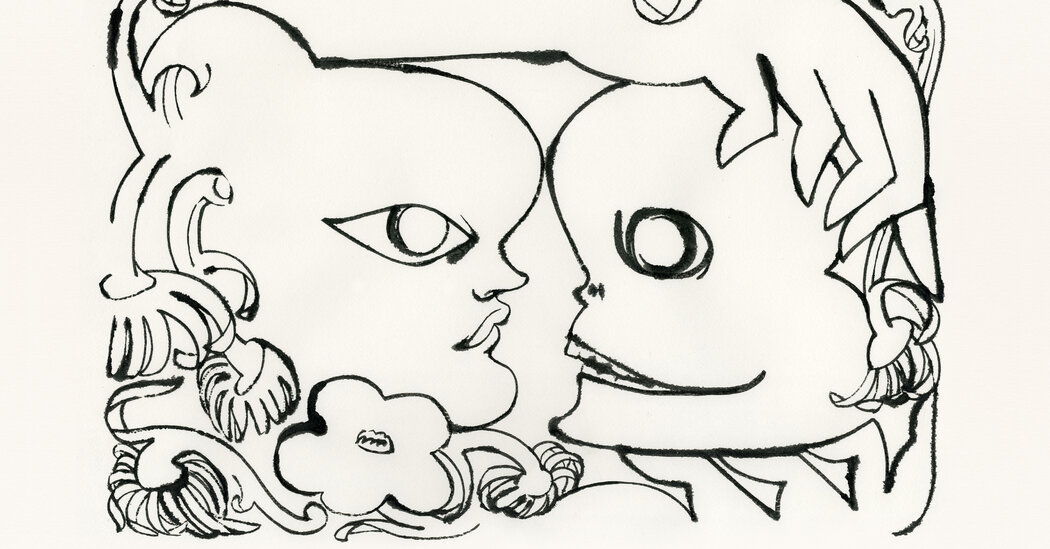In Hawke’s “Hamlet” and Mel Gibson’s visceral, sensually charged 1990 “Hamlet” I first realized how often directors use the female characters as stand-ins for fatalistic, taboo love. (Which is why I also savor gender-crossed Hamlets, whether in the form of the theater pioneer Sarah Bernhardt in 1899 or Ruth Negga in 2020.) Queen Gertrude is either stupid, selfish or promiscuous, blinded by her untamed lust. Many productions opt for a physical staging of Act III, Scene 4, when Hamlet accosts his mother in her bedchamber. Hawke’s Hamlet grabs his mother in a black robe, then presses her against a set of closet doors. Gibson’s deranged Hamlet also fights and clutches at Gertrude, as did Andrew Scott’s in the 2017 London production by Robert Icke. Thomas Ostermeier’s wild “Hamlet” at the Brooklyn Academy of Music last year emphasized Gertrude’s sexuality to an extreme, having her slink and shimmy as though overwhelmed with sexual energy. The text implies that a woman too free with her affections digs her own grave.
That includes, of course, Hamlet’s eternally damned love interest, Ophelia (memorialized on my right forearm with a skull and pansy). I used to dismiss her as a frail female stereotype, and have craved a production or adaptation that could give this character agency — any kind of agency — within the space of her grieving, her madness and her death.
Kenny Leon’s otherwise underwhelming “Hamlet” at the Delacorte this summer did just that. Solea Pfeiffer played an Ophelia who matched Hamlet in wit and sass, who spoke with a knowingness and rage that lifted the character from her 17th-century home into the present.
This duality in Ophelia — between sincerity and performance, raving madness and clear, articulated rage — is welcome. It’s a duality that many directors literalize in their productions overall, some using mirrors as nods to Hamlet’s constant reflections at the expense of action, others turning to hint at the divide between presentation and truth.
But as much as “Hamlet” can serve as a character study, for me the story extends far beyond a production’s conceptualization of a lost prince with a splintered ego. This is a story that begins and ends with grief.
I have a tattoo for Hamlet and his dear, departed father — a jeweled sword piercing a cracked skull in a crown. Having lost my dad almost a decade ago, I’m familiar with the feeling of being haunted by a father who may not be a literal king but perhaps just a patriarch taking the same cheap shots from the afterlife, like Pap in James Ijames’s “Fat Ham.” In the play, a Black, queer take on “Hamlet” in conversation with Shakespeare’s original text, Hamlet is not just tied to his father through a sense of filial obligation but also through guilt, regret, shame. In Pap I saw my own father’s flaws — the spite, the prejudice, the toxic masculinity. It made me wonder how much of Hamlet’s grief is for his father, and how much for the stability his father symbolized.


